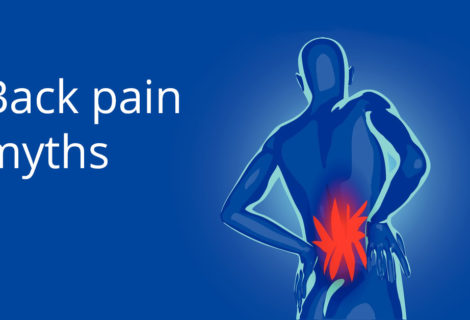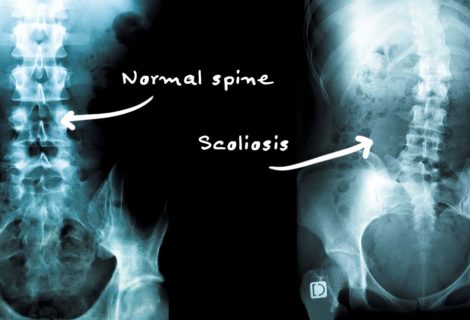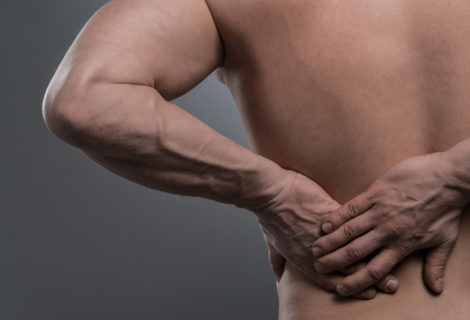How to avoid the common causes of back injuries
There are a number of different causes of lower back injuries, but the underlying mechanism that offsets an injury is commonly the same.
Often, there is a bending of the lower back coupled with a twisting motion to either side during lifting or movement. Core muscle weakness, muscle imbalance or sudden movement can lead to placing the lower back in such a postural disadvantage. This results in the lower back being biomechanically compromised, thus leading to an uneven distribution of loading forces which causes a disc or joint to be injured.
Here are some easy tips to avoid the common causes of back injuries:
Lifting:
If you are lifting something, try to keep it as close to your body as possible by tucking your elbows in. This recruits strength from our upper body rather than exclusively from our arms to support and stabilise the item.
If you can, work with items that are between shoulder and waist height rather than at floor level as this will be less stressful on our discs.
Sitting:
If you need to look at or grab something, swivel your chair around or move your feet rather than turning at your trunk.
Taking regular short breaks will decrease likelihood of stress being placed on the tissues turning into an injury.
Getting out of bed:
Instead of sitting straight upright, turn onto your side with bent hips and knees on top of each other, place both hands out in front on you on the bed and push yourself up.
Take advantage of your core stability muscles to do the heavy lifting for you:
There is a misconception that our core stability muscle is our 6-pack muscle and that the more defined our 6-pack, the stronger our core; not true! It is actually the deeper layer of muscles underneath that are designed for postural stability, which will help greatly to minimise the lower back tilting and rotation.
Our osteopaths can help you train your body to best utilise these muscles during movement.










